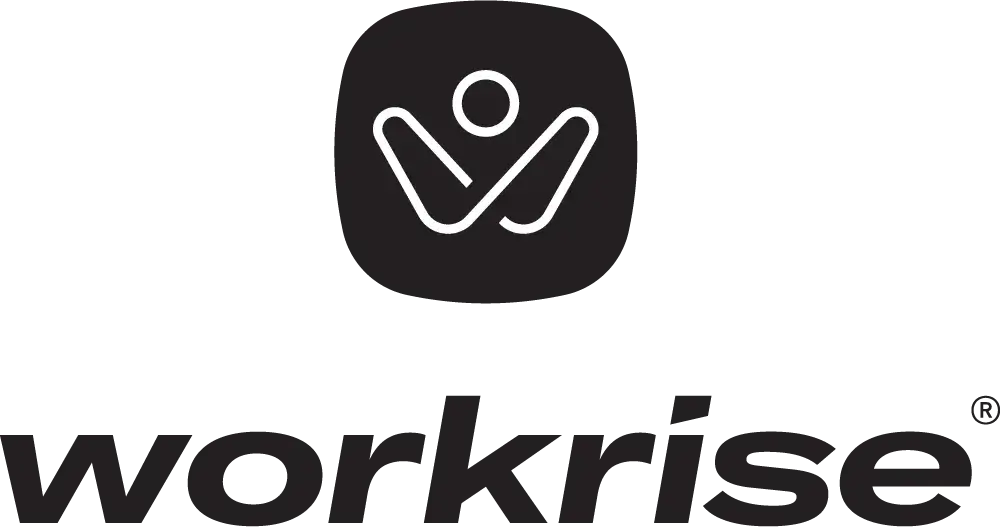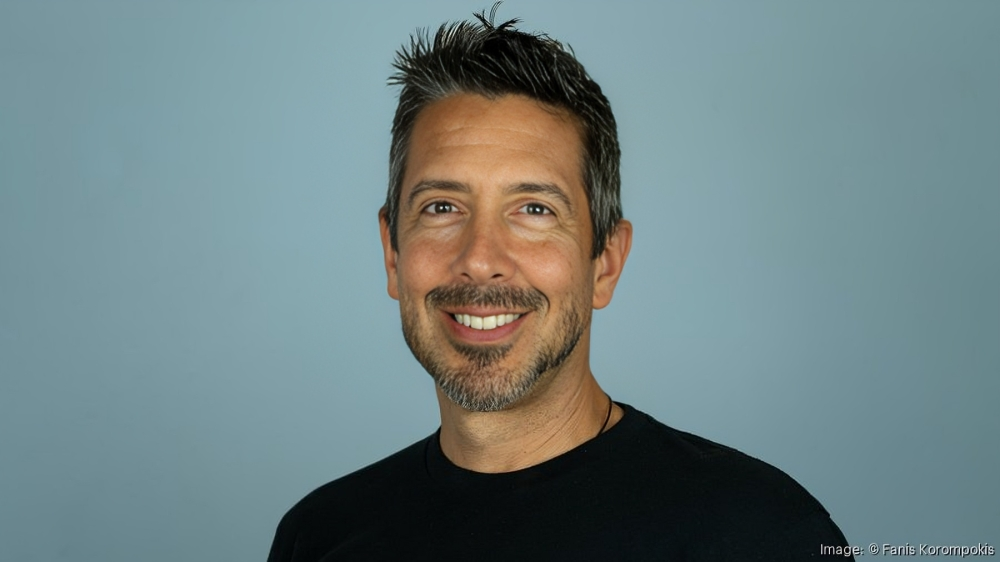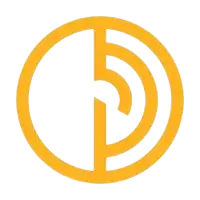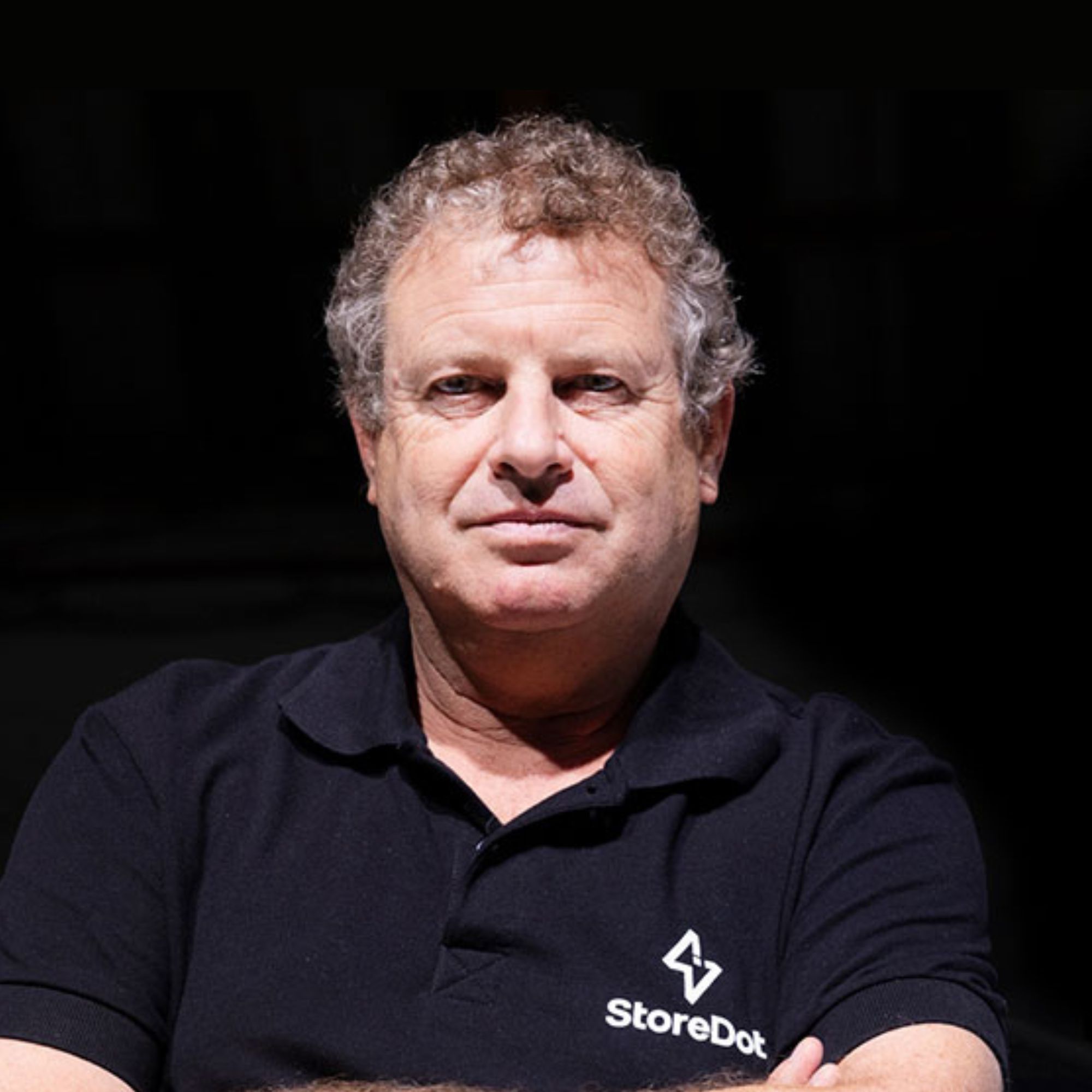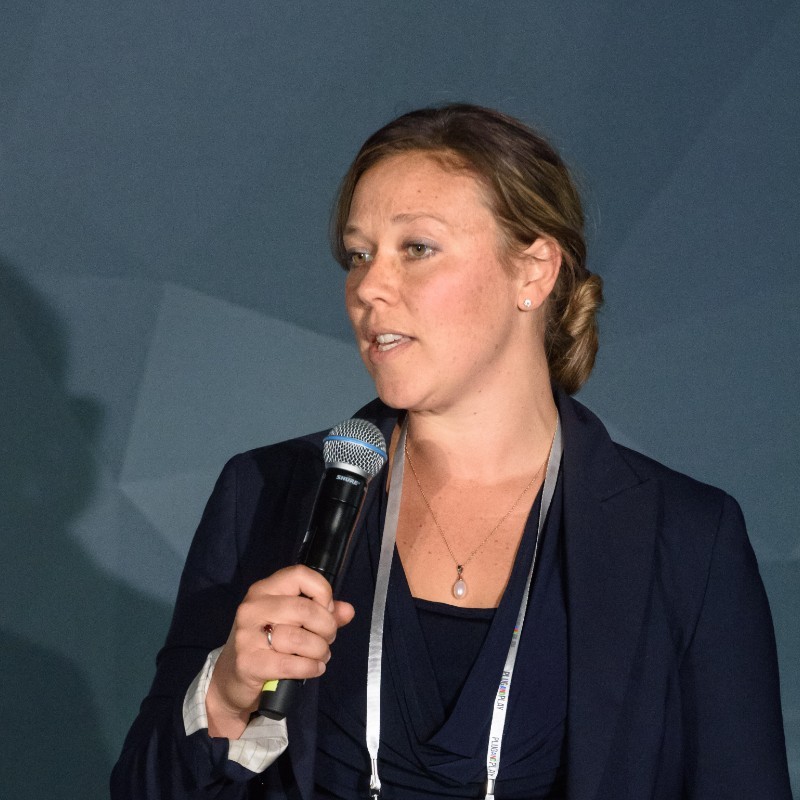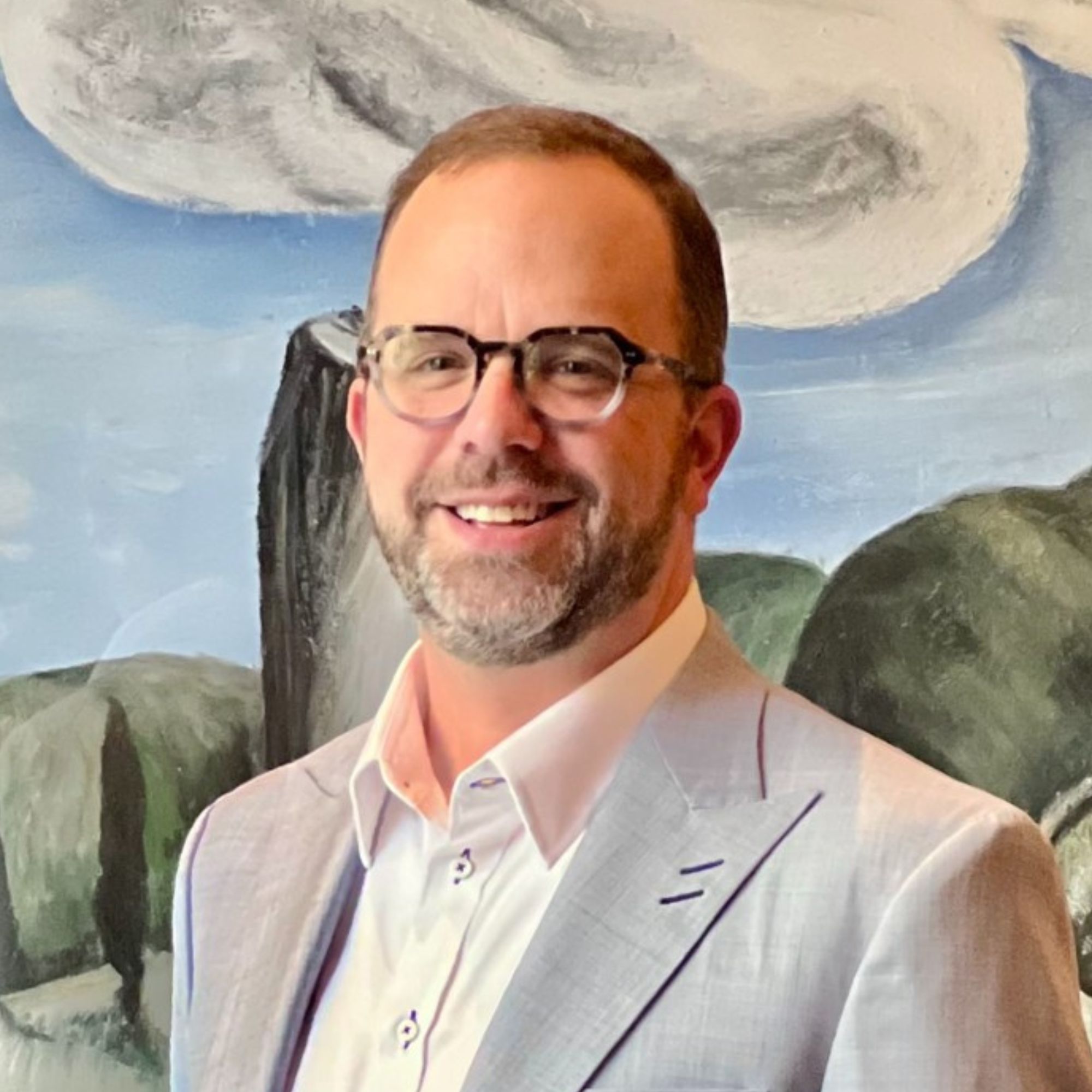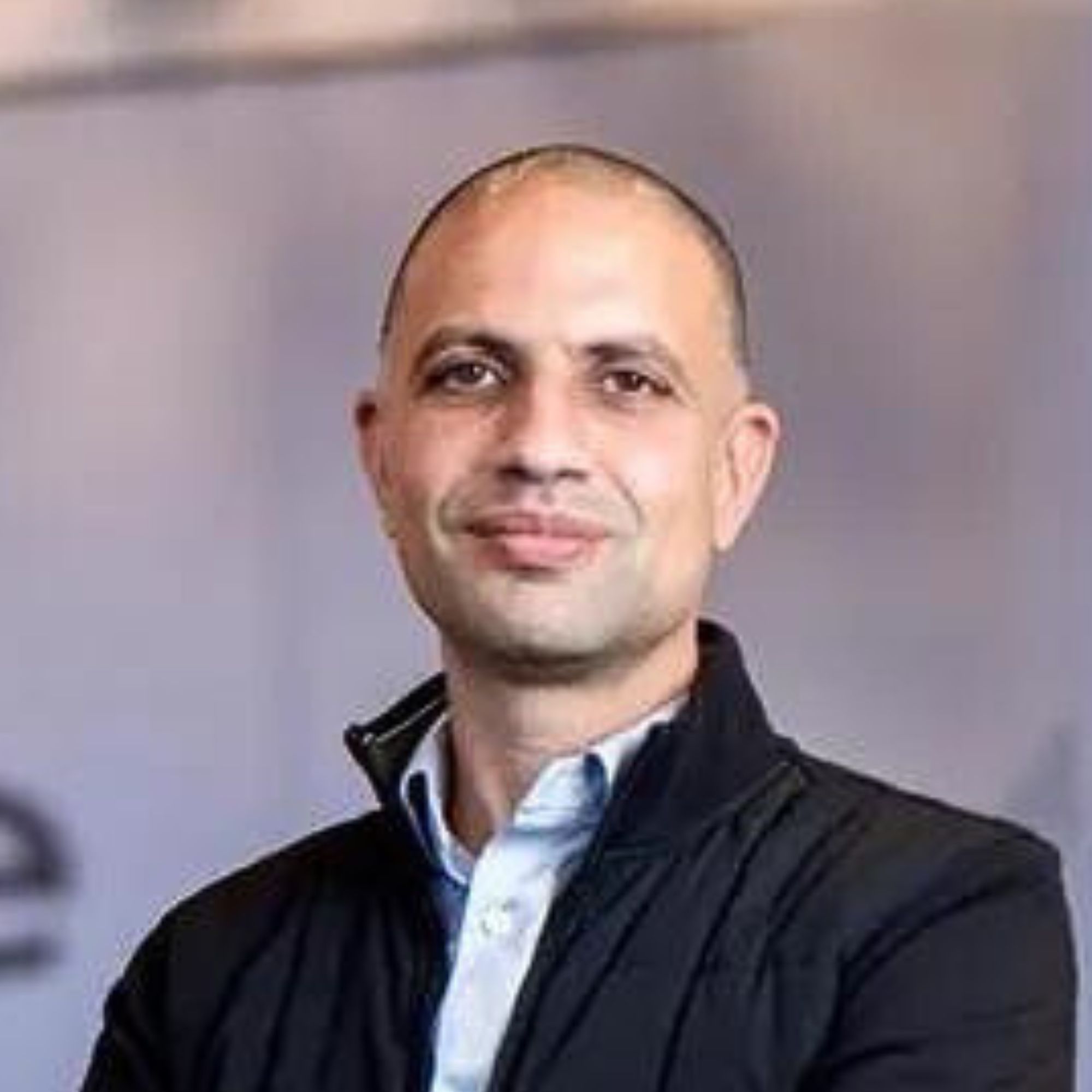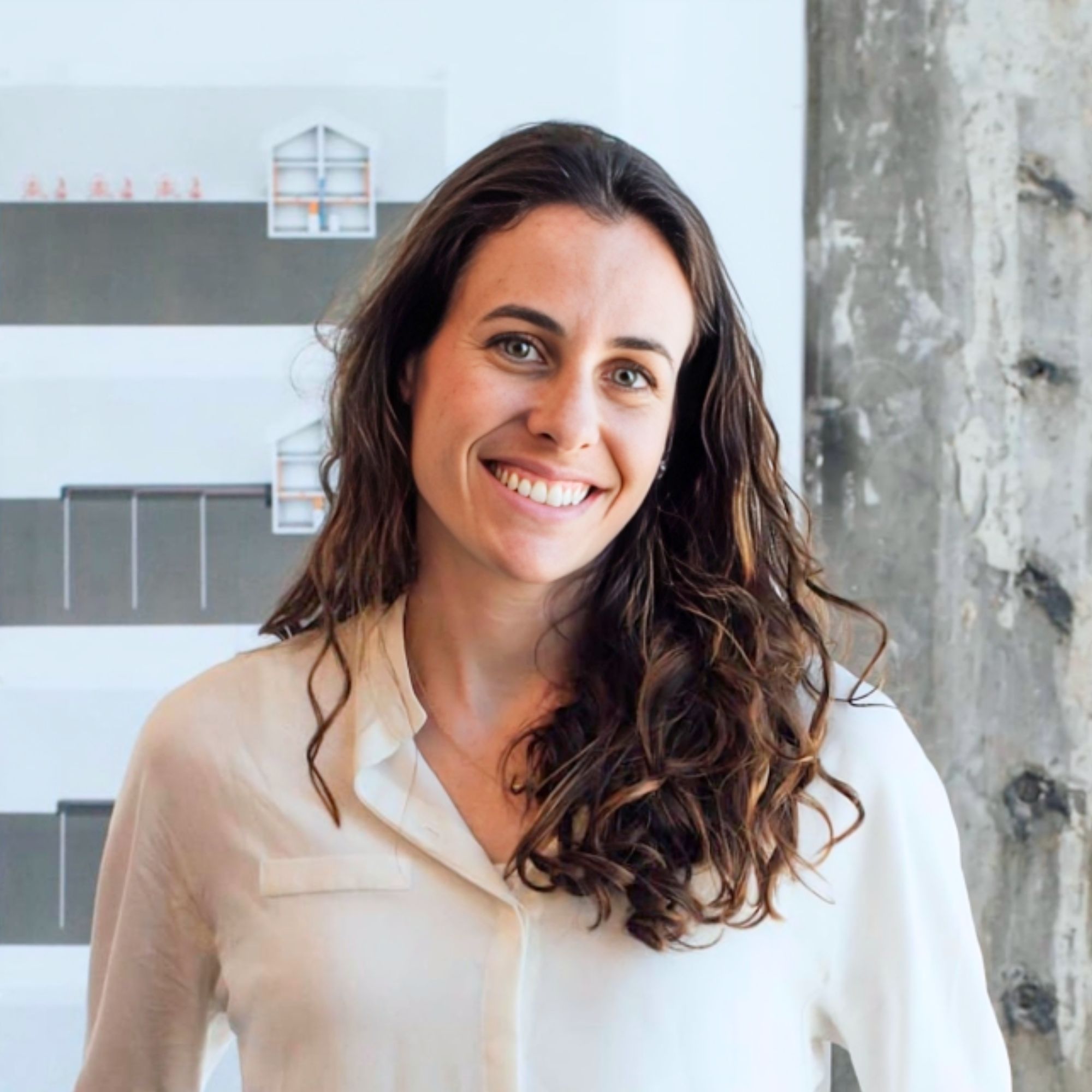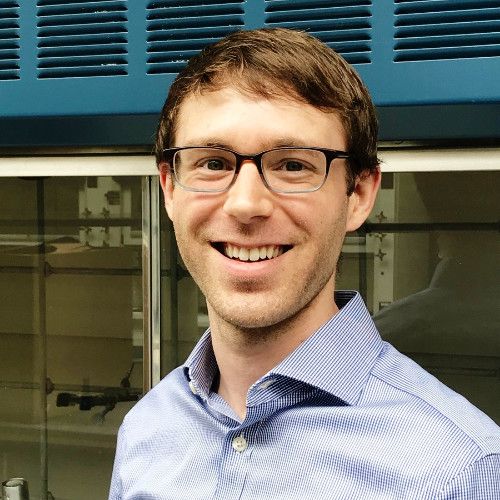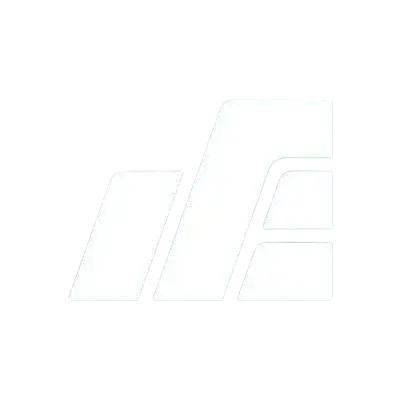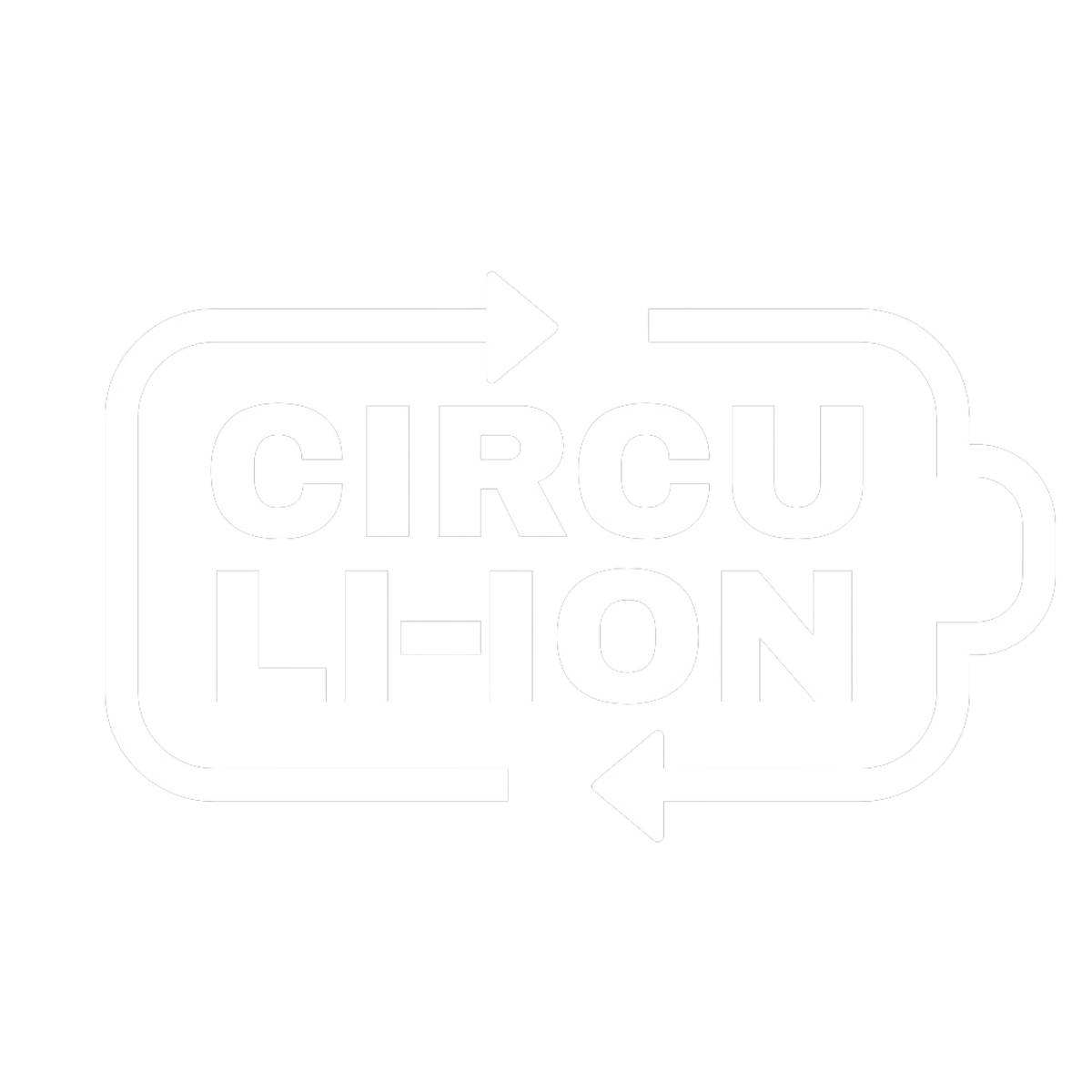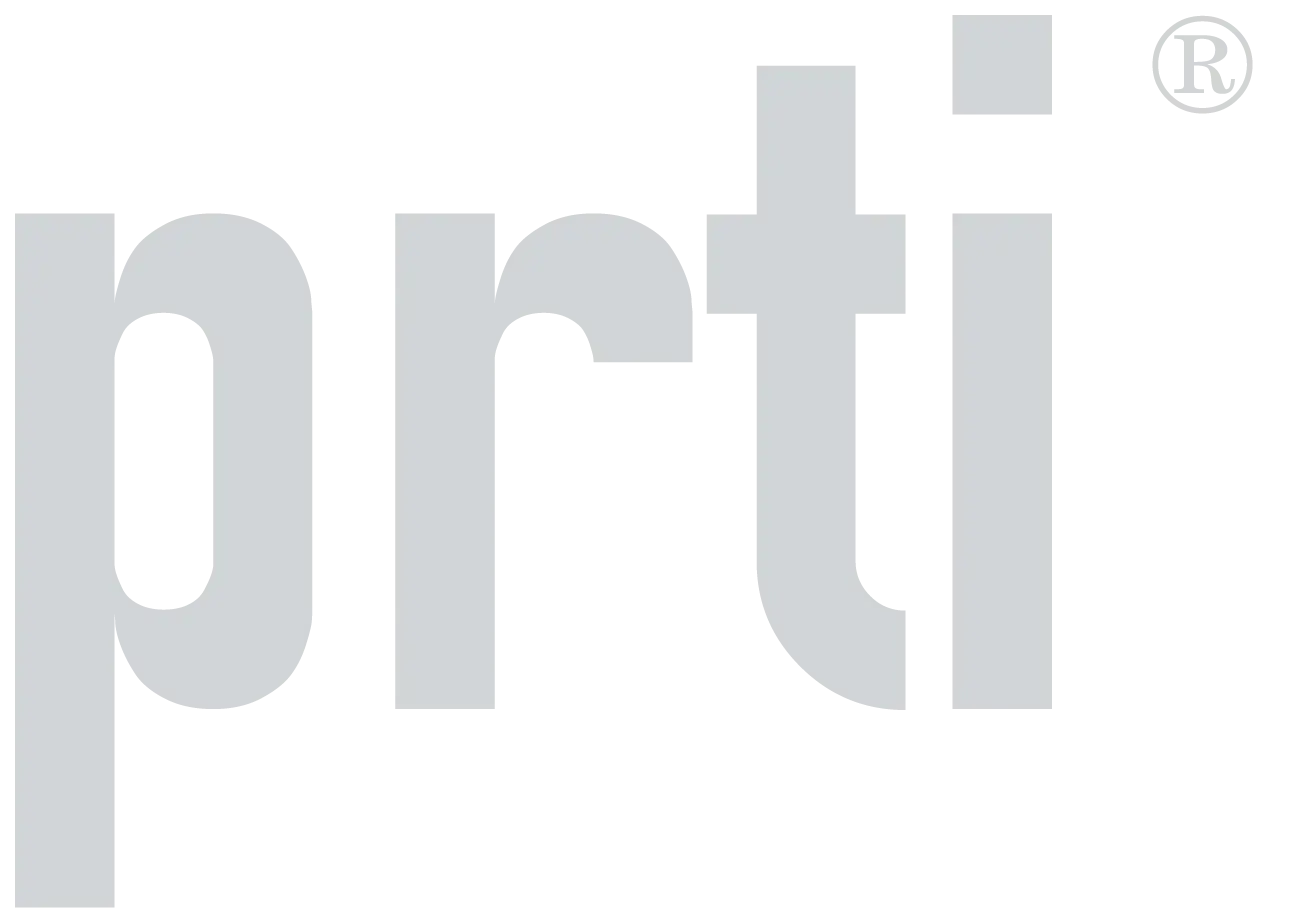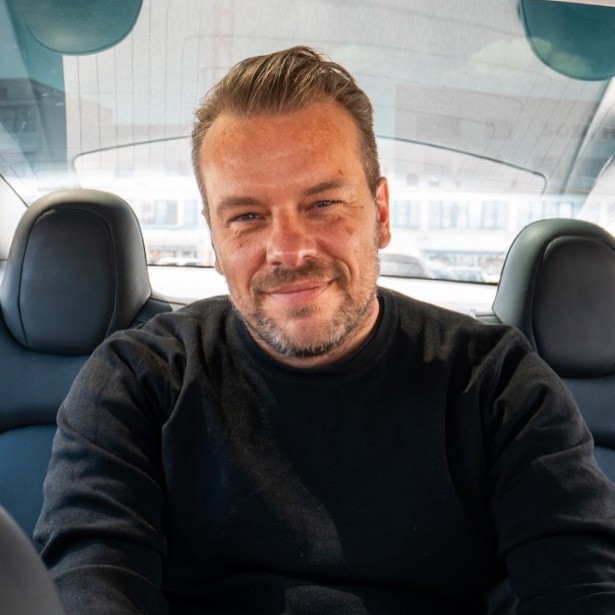Ready to build your own Founder-Led Growth engine? Book a Strategy Call
Frontlines.io | Where B2B Founders Talk GTM.
Strategic Communications Advisory For Visionary Founders
Actionable
Takeaways
Start with manufacturing constraints, not just product design:
Ankit emphasized that their team approached hardware development backwards from typical startups. Instead of designing first and figuring out manufacturing later, they started by solving the hardest constraints: "Can you actually source the materials and manufacture it cheaply first and use that to then guide your design?" This manufacturing-first approach enabled them to create products that could scale economically from day one. B2B hardware founders should prioritize understanding their manufacturing and supply chain limitations before finalizing product specifications.
Target technical champions who feel the pain daily:
Rather than selling through traditional procurement channels, Conifer went directly to the end designers who were "perplexed with here's so many options I need to qualify." These technical users became their champions within customer organizations. As Ankit explained, "Use that to matrix in rest of the organization" rather than becoming just another commodity option in a sea of vendors. B2B founders should identify the specific technical roles that experience their problem most acutely and build champion relationships there first.
Leverage geopolitical timing for category creation:
Conifer's success was amplified by aligning their rare earth-free value proposition with growing geopolitical concerns about supply chain dependencies. Ankit noted: "The most important thing is what is happening in the world that you can most closely associate with where you could have a differing opinion." They positioned themselves as the alternative when the market was actively seeking solutions to rare earth dependencies. B2B founders should identify macro trends that create urgency for their solution and time their messaging accordingly.
Build conviction for multi-year hardware cycles:
Unlike software where you can iterate quickly based on customer feedback, hardware requires longer-term conviction. Ankit shared: "In a hardware product you have to have at least a two year view because that's the true cycle of making the product, proving the product and put it into production." Their decision to stick with rare earth-free technology, even when customers suggested alternatives, proved crucial when market conditions validated their thesis. Hardware founders must develop conviction in their core technical bets and resist the temptation to pivot based on short-term customer requests.
Use physical demonstrations as your primary sales tool:
Conifer's marketing strategy centers on putting working products in customers' hands rather than relying on presentations. As Ankit explained: "When you give a product in people's hands and within two minutes they realize the value of it without going through a bunch of PowerPoint." Their approach involves integrating systems into customer vehicles so prospects can "touch and feel" the performance difference. B2B hardware founders should prioritize creating tangible demonstrations that let customers experience their product's value directly.
Conversation
Highlights
How Conifer Cracked the Hardware Go-to-Market Code by Betting Against Rare Earth Materials
Most founders flee from hardware. The cycles are long, the margins thin, and one manufacturing mistake can sink years of work. But for Ankit Somani, co-founder of Conifer, these weren’t deterrents—they were exactly why he left the crowded AI software space to build electric powertrains.
In a recent episode of Category Visionaries, Ankit shared how Conifer turned the traditional hardware playbook upside down, generating massive inbound demand without spending a dollar on paid advertising while building a business that could reach billion-dollar revenue with just 10-20 customers.
The Counterintuitive Hardware Bet
Ankit’s move from AI software to hardware manufacturing seemed backwards. In 2022, while everyone was chasing the AI gold rush, he was walking away from it. His reasoning revealed a contrarian insight about product differentiation.
“I realized after a while that there is no true, this maybe contrarian view, but no true differentiation of software between two different companies,” Ankit explained. “You know, anybody can copy anybody else’s feature very easily.”
Hardware, he discovered, offered something software couldn’t: time. “This is like how companies were built maybe even 100 years ago, where your product truly differentiated. You had a four to seven year lead on your closest competitor.”
The opportunity came through his co-founder’s frustration with the electric powertrain industry. After helping design powertrains for Apple and Lucid Motors, he had seen the same problem repeatedly: “Anytime I go to a vendor and say I want to make this one minor change, the vendor is going to tell me it’s going to take eight months and give me a $5 million check. It’s like making software in the 90s.”
Manufacturing-First Product Development
While most hardware startups begin with product design and figure out manufacturing later, Conifer flipped this approach. Their insight was deceptively simple but operationally complex: solve the manufacturing constraints first, then let those constraints guide the product design.
“Because of the experience of the team involved, we knew the hardest part was A, you know, just like any other startup, does the customer want it? But B, can you actually source the materials and manufacture it cheaply first and use that to then guide your design?” Ankit said.
This led to two critical manufacturing breakthroughs. First, they eliminated rare earth materials entirely, using materials “that were available 10 to 20 plus countries at any point of time.” Second, they designed for manufacturing flexibility: “How do you design bunch of products, manufacture a bunch of products on the same line and then able to deliver to customers?”
The result was a modular system where “with 90% plus commonized components, we can go all the way from 1 kilowatt to 20 kilowatt plus on the same line.”
The One-Week Customer Acquisition Strategy
Conifer’s approach to landing their first customer defied conventional B2B wisdom. Instead of building elaborate sales funnels or hiring business development teams, they took a refreshingly direct approach.
“We were writing directly to the CEO, CTOs of the company and saying, hey, we have something interesting and cool. This is how it’s going to help your company. Just very simple email,” Ankit explained.
But the real insight was in their qualification criteria. They weren’t looking for polite interest—they wanted urgency. “What we were looking for really is who shows enough excitement that they’re willing to book the first call within first two days of getting that email.”
The strategy worked faster than expected. “One of the customers we reached out to the next day, we had the first conversation within a week. Their entire key team was involved and they were chatting with us and they signed an agreement on 3D printed parts.”
The key was targeting technical champions rather than procurement departments. “Instead of going to a supply chain person and say, look, I have this product and then they have like five other products they’re sourcing from you become a commodity. So what we instead did was went to the end designers who are tasked with choosing it and they’re always perplexed with here’s so many options I need to qualify.”
The Earned Media Multiplication Effect
Conifer’s marketing success came from perfect timing rather than perfect execution. When rare earth supply chain issues hit headlines, they were positioned with the only alternative solution in the market.
“We have spent zero dollars on just paid advertising or outbound like apart from paying for the software itself,” Ankit revealed. “It’s all earned media leading to inbounds coming to us.”
Their PR breakthrough started with partnering with an agency to craft their core message: “We are the only company that provides an electric powertrain that gives even better performance than incumbents without rare earth. That’s all we have to say.”
The results cascaded quickly. “One of the first we got an exclusive in Wall street in TechCrunch. Within two weeks we had an exclusive on Wall Street Journal. And that just led to this domino effect of many other people hearing and thinking about us.”
The key lesson Ankit learned about earned media was timing: “The most important thing is what is happening in the world that you can most closely associate with where you could have a differing opinion.”
Physical Product as Marketing Tool
Unlike software companies that rely on demos and presentations, Conifer discovered that physical products create instant value recognition. “When you give a product in people’s hands and within two minutes they realize the value of it without going through a bunch of PowerPoint, I think that’s it just cuts through a lot of Chef gets to the main point,” Ankit explained.
This insight shaped their entire marketing strategy. “Our marketing is going to be more engineers actually integrating our system in end customer vehicles. And then we go to them and say look, this is already working.”
Even their factory became a marketing asset. “Marketing isn’t just website. It’s everything inside our factory, how it is arranged so that when a customer is walking through the factory, they can see this is the way they think.”
The Hardware Advantage in Customer Retention
While software companies worry about churn and retention metrics, Conifer discovered that hardware creates fundamentally different customer relationships. “Now imagine instead you are part of a vehicle program. That vehicle program is at least seven years long,” Ankit explained.
This creates powerful financial advantages: “Once you’re in, you essentially have a deal which is four to 10 years long and you can use that to scale up production. Which means now when you’re putting investments, if you just think of it from a financing standpoint, there is just a lot more strength to your book of business once you’re in.”
The result is a business model that most software companies would envy: “Right now one of the few times where you know that’s some positive news when you do startup and most of it is negative news that you’re trying to handle is we actually our CRM is blocked up. Like we have a lot of demand with large and small customers… So over the next two years in some way our capacity is already spoken for.”
The Long-Term Vision
Conifer’s ultimate goal extends beyond just building better powertrains. “We need to make electrification happen today,” Ankit said, positioning the company as a catalyst for broader industry transformation.
Their approach mirrors the historical impact of standardized internal combustion engines: “Same thing that happened with IC engines. You know, the first powered bike was actually Honda. Literally put like a two cylinder engine on a cycle… And then obviously Honda is what it is right now.”
By making electric powertrains as simple and reliable as traditional engines, Conifer aims to enable “proliferation of number of companies looking at different ways they can apply it.” The business opportunity is substantial: “With just 10 to 20 customers in our world we can be a billion dollar revenue company.”
For B2B founders considering hardware, Conifer’s story offers a compelling counter-narrative to the “hardware is hard” conventional wisdom. When product differentiation matters more than iteration speed, when customer relationships span decades rather than months, and when physical demonstration trumps digital marketing, hardware might not be the harder path—it might be the smarter one.


